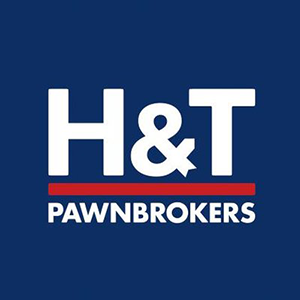H&T Group plc (LON:HAT) is the topic of conversation when Hardman & Co’s Analyst Mark Thomas caught up with DirectorsTalk for an exclusive interview.
Q1: You called your recent piece ‘Growing pawnbroking core will drive other services’, what can you tell us about it?
A1: In our 15 March 2023 initiation, ‘Pawnbroking royalty, with strong, profitable growth’, and later notes, we have highlighted the strong market for pawnbroking and why H&T Group, as the market leader, is uniquely placed to take advantage of these opportunities.
Subsequent to the initiation, we had raised our pledge book forecast twice, and we do so again with the latest trading statement. In this note, we explore how pawnbroking growth is a key driver to the retail offering, pawnbroking scrap and gold purchase, with varying degrees of time lag.
Like many in the retail space, the company faced the challenge of customers focusing on lower-value, lower-margin items in the key run-up to Christmas 2023. We have cut 2023E PBT by £3m (11%).
Q2: You highlight the growth in the pledge book as a key driver to bottom-line growth, what is driving that growth?
A2: The 2023 pledge book was up 30% on end-2022, which is nearly twice our original 17% forecast for the year. Importantly demand continued to gather momentum through 2023, at a time of reduced market supply. We believe their strong balance sheet, continued investment in its stores and economies of scale mean it is well-placed to seize opportunities.
Looking at the drivers, most customers use pawnbroking loans to fund day-to-day living expenses – so demand for H&T loans is growing, because the cost-of-living crisis is putting greater pressures on customer cashflows. This positive dynamic has come at a time of real constraints on the supply of short-term, small-sum credit.
Some competitors have been killed by claims management companies (CMCs) – a risk to which H&T is only marginally exposed. Credit unions have moved to larger lending, and most branch-based, small-sum, short-term lenders have closed. H&T has also been growing its market share of pawnbroking.
At a time of growing demand, their long-term, competitive, positive position has never been stronger. In our note we explore how pawnbroking growth should feed through, with a time lag, to other divisions.
Q3: And the short-term challenge in retail?
A3: Many jewellery and watch retailers are facing challenges, as shown by the Watches of Switzerland profit warning.
For the Group, while volumes rose 3% 4Q’23 on 4Q’22, the value fell 3% with a shift towards lower-priced, lower margin items, especially new jewellery (33% of sales value, up from 25%). The absolute performance was OK and has seen an increase in customer numbers which bodes well for the future but it was below the market expectations.
Q4: And the pressure from costs?
A4: We flagged in the January monthly, that “In November, the government announced the National Living Wage (minimum wage) for adults will rise by 9.8% from April. We had been expecting an increase closer to expected inflation.”
In addition to the direct impact on the lowest paid staff, investors should bear in mind i) there is a need to ensure appropriate differentials between experienced and inexperienced employees, and ii) an increase well above inflation in 2024 increases the probability of further above-inflation increases in the future.
A change of government may increase this probability even further. There is, therefore, a swing in the growth rate of costs in addition to the first-year impact.
Q5: And finally what about the risks?
A5: H&T Group’s customers are cash constrained. Their business risk from money laundering and stolen goods is above average, but our detailed review of their controls shows them to be good.
We believe sentiment to the industry is a specific risk, and the Group has a strong, ongoing communication programme to address what are often outdated or simply incorrect assumptions. Inflation risk to the cost base is also a specific short-term consideration. We have a whole section in the initiation report explaining our view that the Group is low risk.


